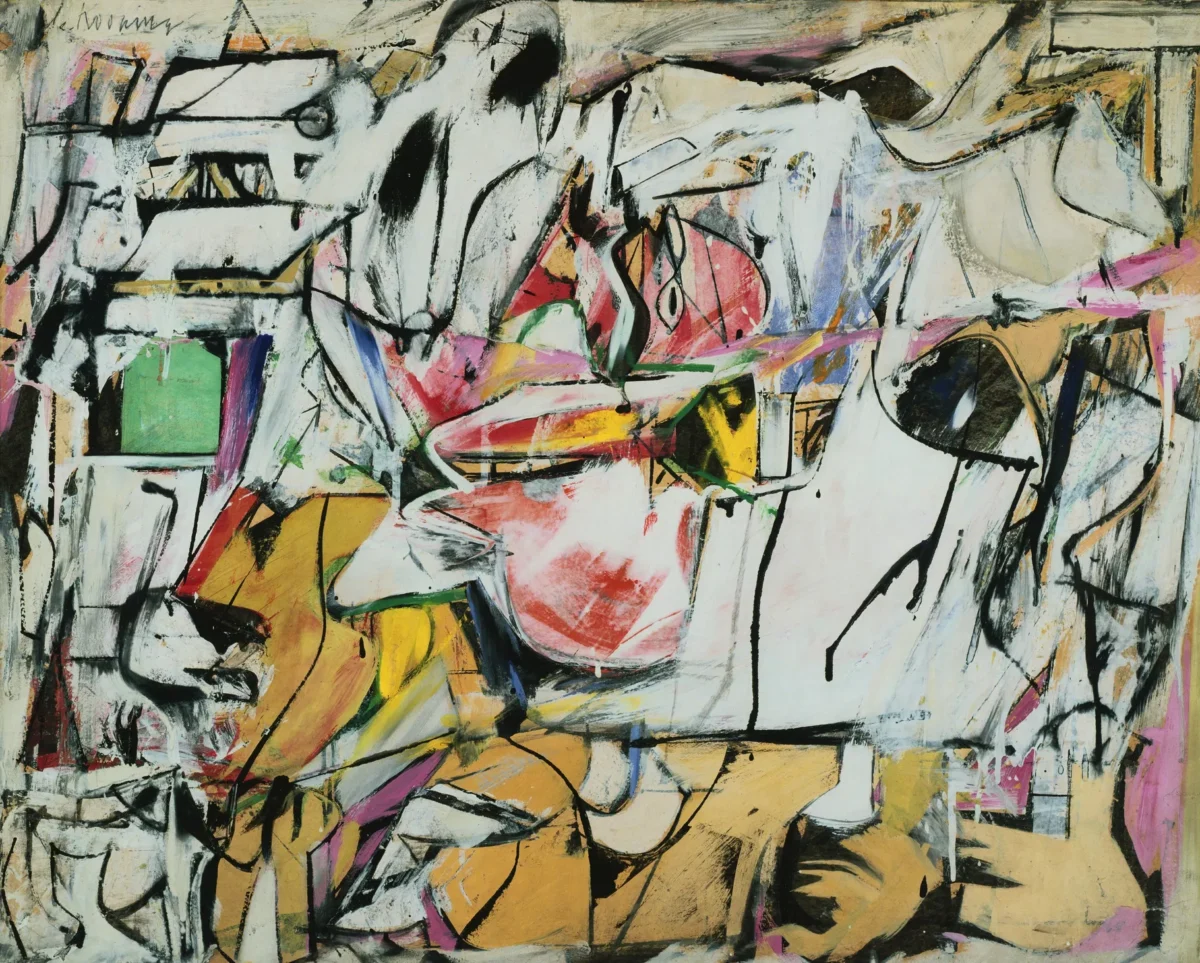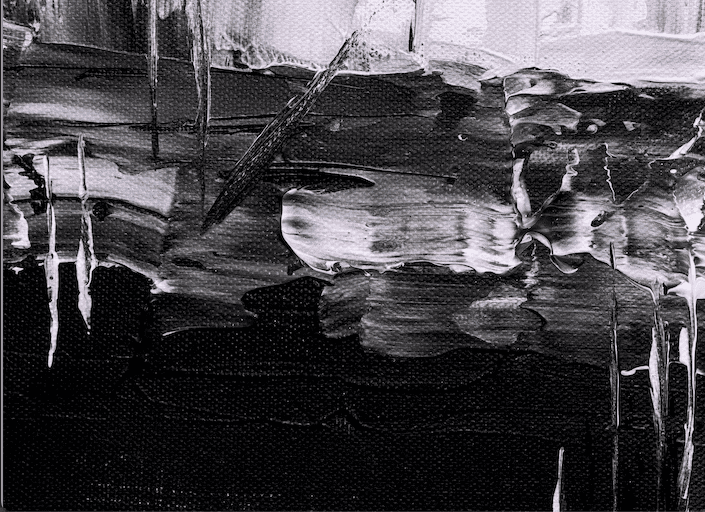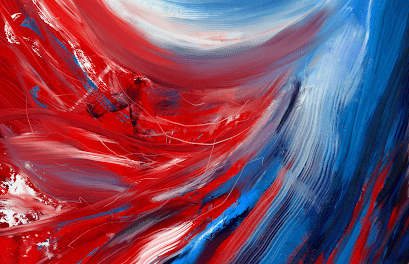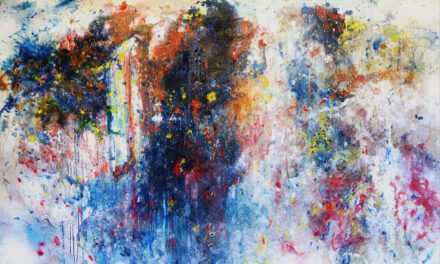Abstract art is often a unique combination of colors and composition used in interior design, but it also makes great wall decor for kids’ rooms, dining areas, office spaces and living spaces. The Abstract art movement began around 1910 with works from Wassily Kadinski, who is recognized as one of the first abstract artists.
Throughout the 20th century innovative artists like Jackson Pollock and Willem de Kooning helped cement abstract art’s place in culture.
People often misunderstand abstract art because they are looking for something real and concrete with which they can identify. It is natural to try to name and make sense of what we experience and perceive in the world, so pure abstract art, with its unrecognizable subject matter and unpredictable shapes, colors, and lines can prove challenging. Many people see no difference between the art of a professional abstract painter and the art of a toddler, making it that much harder to find meaning in it.

Recognizing the Difference Between Children’s Art and Abstract Art
While there may be some similarities between the marks made by children and those made by professional abstract artists, the similarities are superficial. There are several reasons why children paint (and some of those same reasons no doubt continue into adulthood for those people who become professional artists), but by that time there is more thought, planning, and understanding of the visual elements and principles of art. This understanding gives the professional work greater complexity and a visible structure that is often perceivable by even the non-artist.
Since abstract art is primarily about the formal elements of design, rather than necessarily based on recognizable images, it is very significant how the artist has used the elements of art to convey particular principles of art, for this is what gives the painting its meaning and feeling.
Professional abstract art is often about much more than what you see on the surface of the canvas. It may be about the process itself, the artist may be using symbolism, or the artist may have reduced something visible to its abstract essence. Therefore, it helps greatly to be familiar with the whole body of the artist’s work — his or her oeuvre. That way you know what paintings have preceded the one you are seeing, which will help greatly in making sense of it.
Every artist is also a product of his or her culture, place, and time period. If you know the history relevant to the artist you will also be able to better understand his or her painting.
Part of our problem in appreciating abstract art is that we expect to “get it” immediately, and don’t give ourselves time to sit with it and absorb it. It takes the time to absorb the meaning and emotion behind a work of abstract art. The Slow Art movement that is popular worldwide has brought attention to the fact that museum-goers often move through museums very quickly, spending less than twenty seconds on an individual artwork, and thereby missing much of what the artwork has to offer.
How to Analyze Abstract Art
- Description: What do you see? State the obvious and then dig deeper. Identify the elements and principles of design that you see. What are the colors? Are they warm or cool? Are they saturated or unsaturated? What kinds of lines are used? What shapes? Is it visually balanced? Does it have symmetrical or asymmetrical balance? Is there a repetition of certain elements?
- Interpretation: What is the artwork trying to say? How do the things you see and describe contribute to its message? How does it make you feel? Is there rhythm or movement? Does it make you feel happy, or sad? Does it convey energy, or does it convey a sense of stillness and peace? Read the title of the painting. It can give you some insight into its meaning or intent.
- Evaluation: Does it work? Are you moved by it in any way? Do you understand the artist’s intent? Does it speak to you? Not every painting is going to speak to every person.




